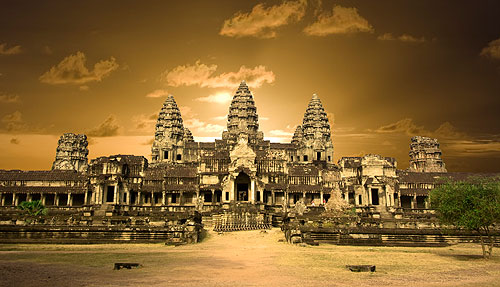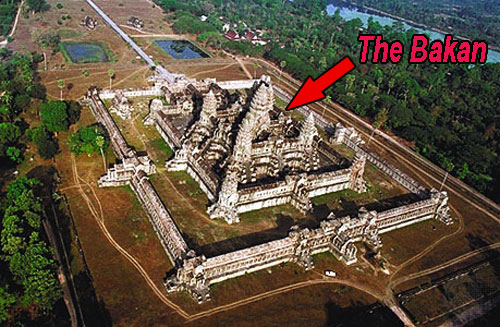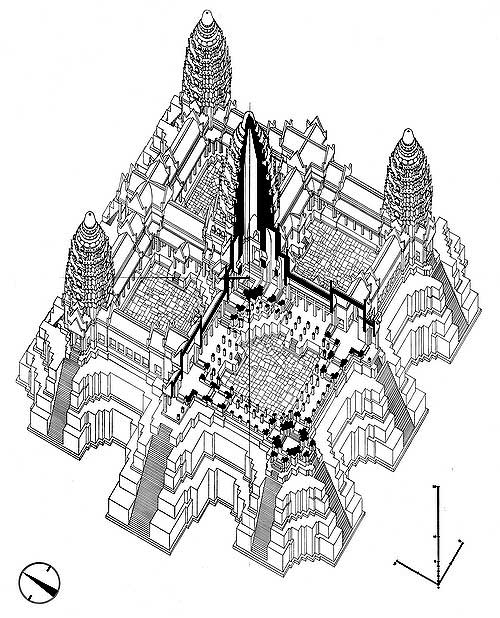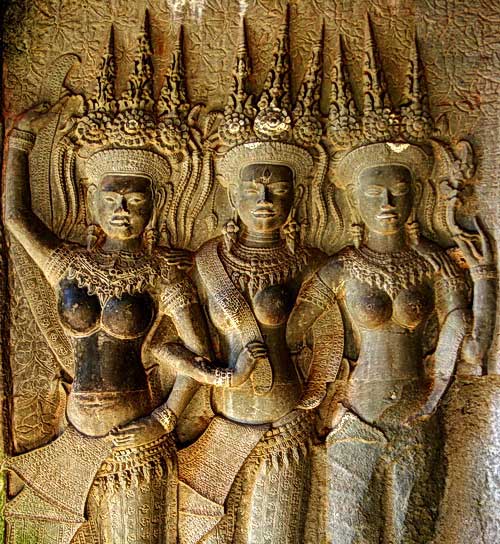Sacred Shrine on Top of Angkor Wat Reopens to Visitors
Siem Reap, Cambodia – Towering above the Cambodian jungle, Angkor Wat is still the largest religious structure on Earth, nearly 900 years after it was built. Since the 12th century, the huge temple has enshrined 1,780 stone portraits of Khmer goddesses, but for more than two years the most exquisite images at the highest levels have been off-limits to visitors. On January 15th, a Buddhist holy day, the sacred shrine on top of Angkor Wat reopens to visitors so can once again experience the sublime Khmer vision of heaven on earth.

Angkor Wat is located in an immense archeological district managed by the APSARA National Authority (APSARA), a Cambodian agency responsible for preserving hundreds of temples built by the Khmer civilization. With nearly two million annual visitors, APSARA constantly works to protect both visitors and their country’s priceless national heritage.


Sacred Shrine on Top of Angkor Wat Reopens to Visitors
For two years, experts have been working to make visits to the top of Angkor Wat safer for tourists and for the delicate stone portraits of the Khmer goddesses who reside there. Madame Chau Sun Kérya, the Director of Department of Cultural Development, Museums and Heritage Norms for the APSARA National Authority, summarized the situation in her statement to Devata.org:
“Angkor Wat had become so popular that it was too busy, especially at the top level we call the Bakan. The ancient stone staircase was not safe. Uncontrolled crowding combined with difficult walking conditions created a danger, especially for older visitors. APSARA has made a number of improvements to protect our guests, our history and to restore the dignity of this place that is sacred to all Khmer people.”

Working with international conservators, APSARA first determined Angkor Wat’s capacity to accommodate tourists in the Bakan without burdening the structure. They then constructed new stairs to improve access, added flat wooden walkways over the rough stone surfaces, and installed railings to protect the delicate carvings. But the final steps are perhaps the most important:
“The Bakan is a sacred place for Khmer people, and we want to share this experience with visitors in the best way,” Chau Sun explained. “For this reason the APSARA National Authority will now provide trained guides to explain the history of the Bakan and we will limit visits to groups of 100 persons at a time.”

In recent years APSARA has also improved tourist access policies at other key temples including the Bayon, Phnom Bakheng and Banteay Srey. Following the re-opening of the Bakan at Angkor Wat, APSARA plans to monitor the situation and adjust policies as necessary.
To learn more about conservation activities in the Angkor archeological park please visit the APSARA Authority Official Website.
NOTE – I was first alerted to this breaking story thanks to Andy Brouwer’s exceptional blog with the latest news and views on all things Cambodian.
SUMMARY FOR ANGKOR WAT VISITORS
(Courtesy APSARA National Authority)
- Angkor Wat temple in Cambodia, the largest religious structure in the world, has been a pilgrimage location for Hindu and Buddhist visitors for nearly 900 years.
- On January 15, 2010, the APSARA National Authority re-opened the top level of Angkor Wat, called the “Bakan” in the Khmer language. This area enshrines hundreds of lifelike portraits of Khmer goddesses, known by the Sanskrit terms apsaras or devata.
- To provide safer access to the Bakan, APSARA has constructed new wooden staircases, benches and handrails. The agency will also provide trained guides to share the history and significance of this sacred location.
- Visitors must wear be dressed modestly and respectfully to visit the Bakan.
- Access is now limited to 100 persons and a stay of 15-30 minutes.
- On the four Buddhist holy days of each month, the Bakan will only be open to Cambodian visitors to allow them to worship the Lord Buddha in this sacred location.
Article by Kent Davis
